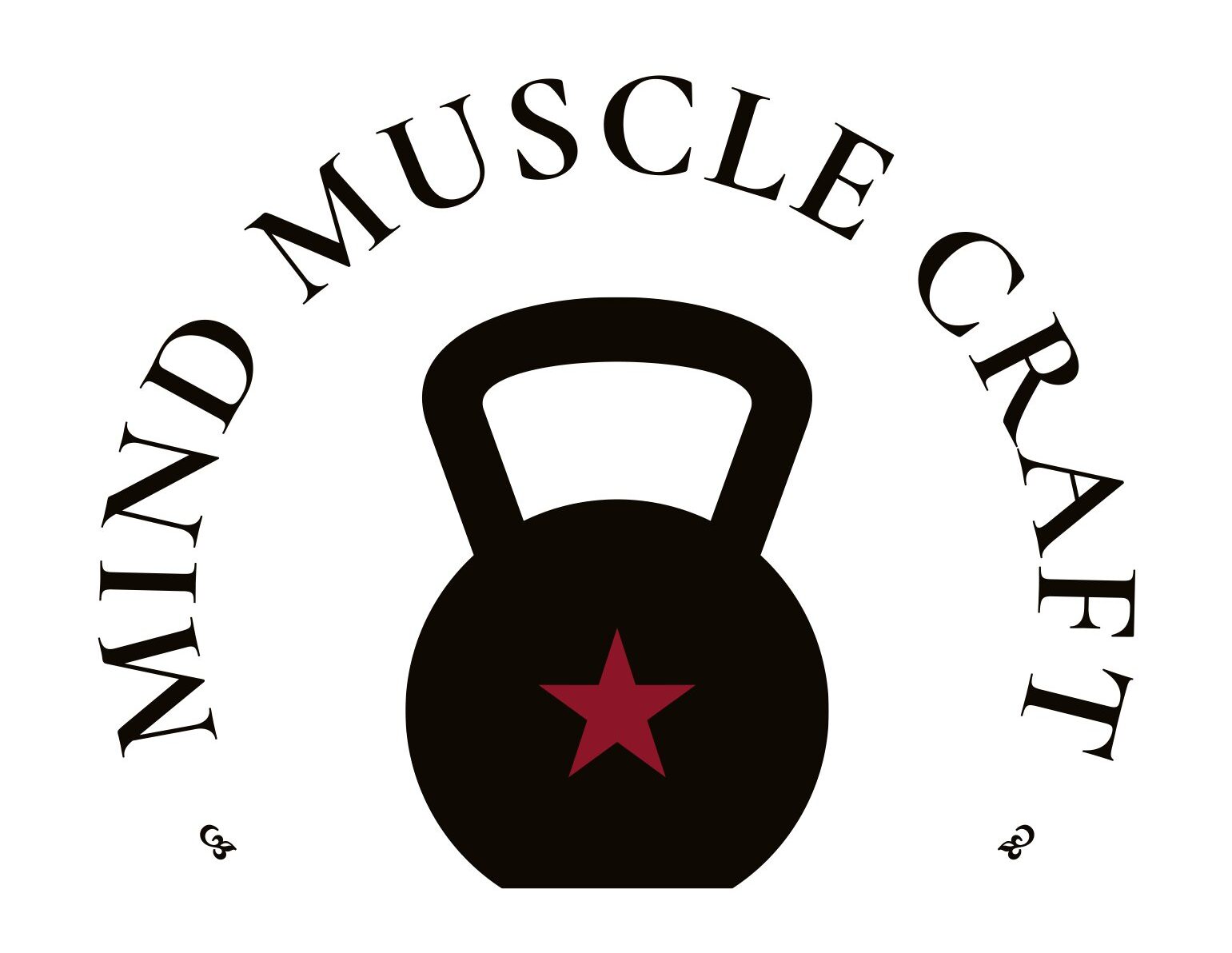Paused Reps for Glute Growth
While popular exercises like squats and lunges are effective for targeting the glutes, incorporating overlooked intensity techniques can further stimulate muscle growth. One such technique is the “Paused Reps” method. Here’s how you can apply it to glute-focused exercises:
- Paused Squats or Lunges: During a squat or lunge, pause at the bottom of the movement when your muscles are under maximum tension. Hold the position for 2-3 seconds before pushing back up. This extended time under tension increases the recruitment of muscle fibers in the glutes, promoting growth.
- Hip Thrusts with Isometric Holds: When performing hip thrusts, add an isometric hold at the top of the movement. Lift your hips to the highest point and hold for 2-3 seconds before lowering back down. This challenges the glutes during the contraction phase, promoting strength and hypertrophy.
- Single-Leg Romanian Deadlifts with a Pause: Incorporate pauses during single-leg Romanian deadlifts. As you hinge at the hips and lower the weight, pause for a moment just above the ground before returning to the starting position. This accentuates the eccentric (lengthening) phase, stimulating muscle growth.
- Step-Ups with Isometric Holds: When doing step-ups, add isometric holds at the top of the movement. After stepping up, pause for 2-3 seconds before lowering your foot back down. This intensifies the contraction in the glutes and challenges stability.
- Glute Bridges with Resistance Bands: Place a resistance band just above your knees during glute bridges. Open your knees against the resistance of the band and hold the position for a few seconds at the top. This targets the gluteus medius and enhances overall glute development.
Tips for Implementing Paused Reps:
- Start with Lighter Weights: When incorporating paused reps, start with lighter weights than usual. The added time under tension makes the exercise more challenging.
- Maintain Good Form: Focus on maintaining proper form throughout the movement. The pause should not compromise your posture or put you at risk of injury.
- Gradually Increase Duration: Begin with shorter pauses and gradually increase the duration as your strength and endurance improve. This progressive approach ensures continuous muscle adaptation.
- Include Variety: Rotate different exercises and variations to provide a well-rounded stimulus to the glutes.
Remember to listen to your body, and if you experience any discomfort or pain beyond the normal intensity of a workout, consult with a fitness professional or healthcare provider.

